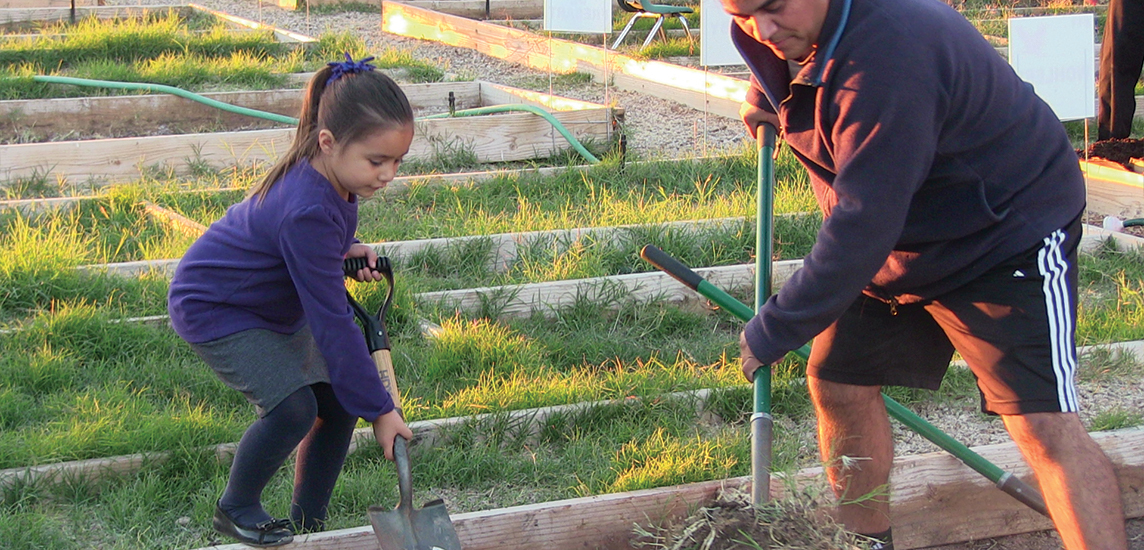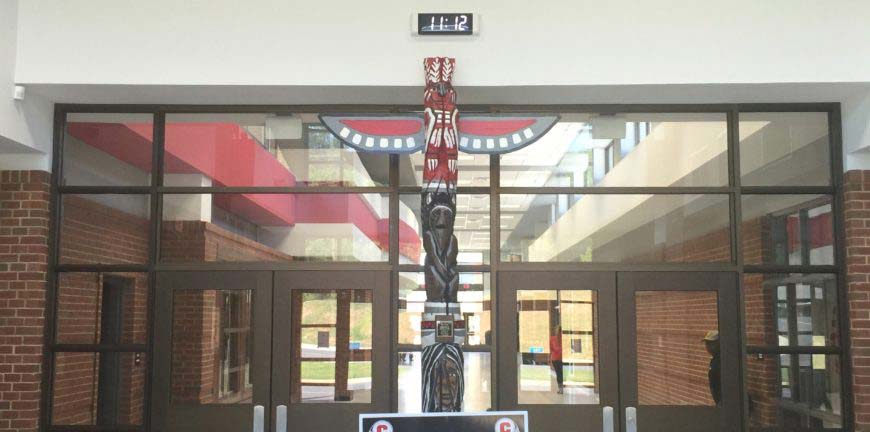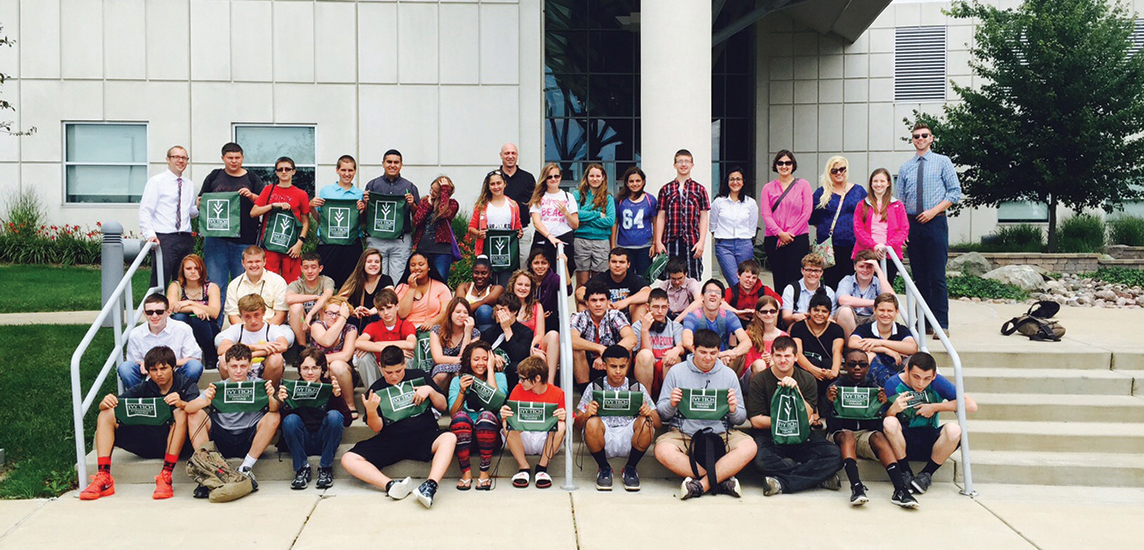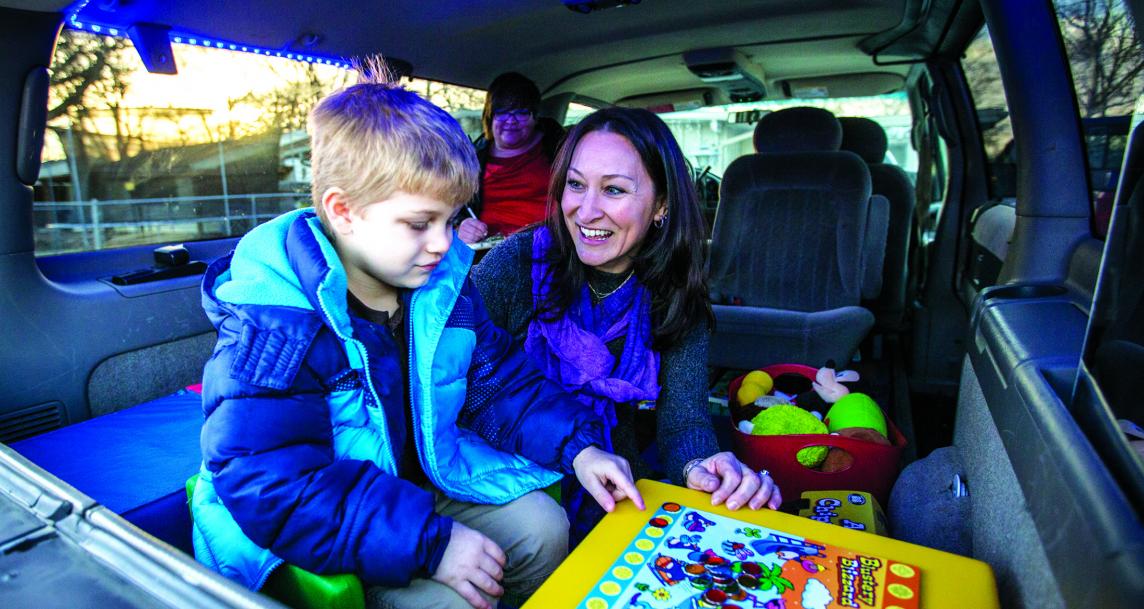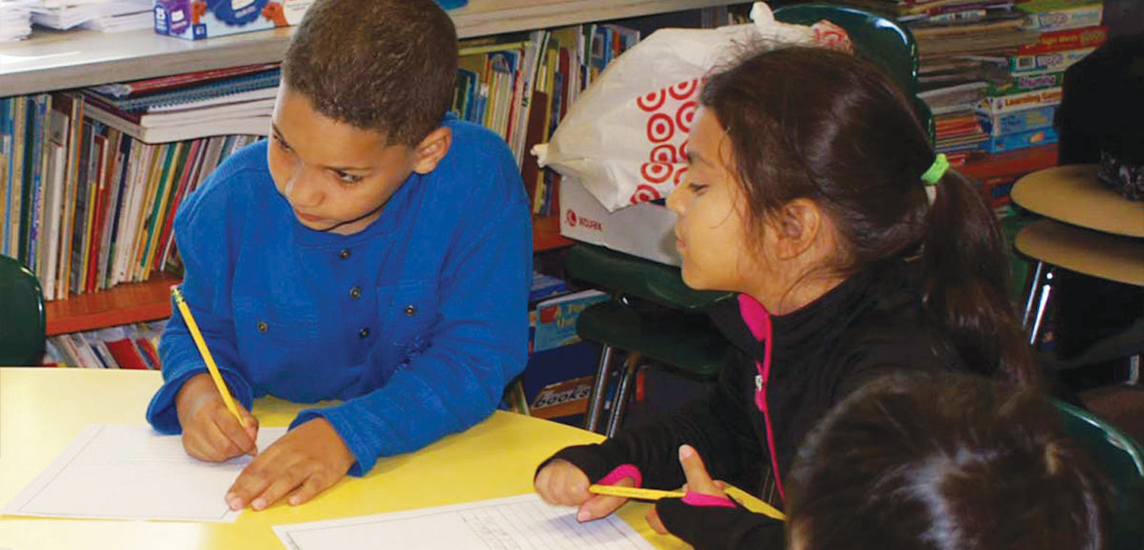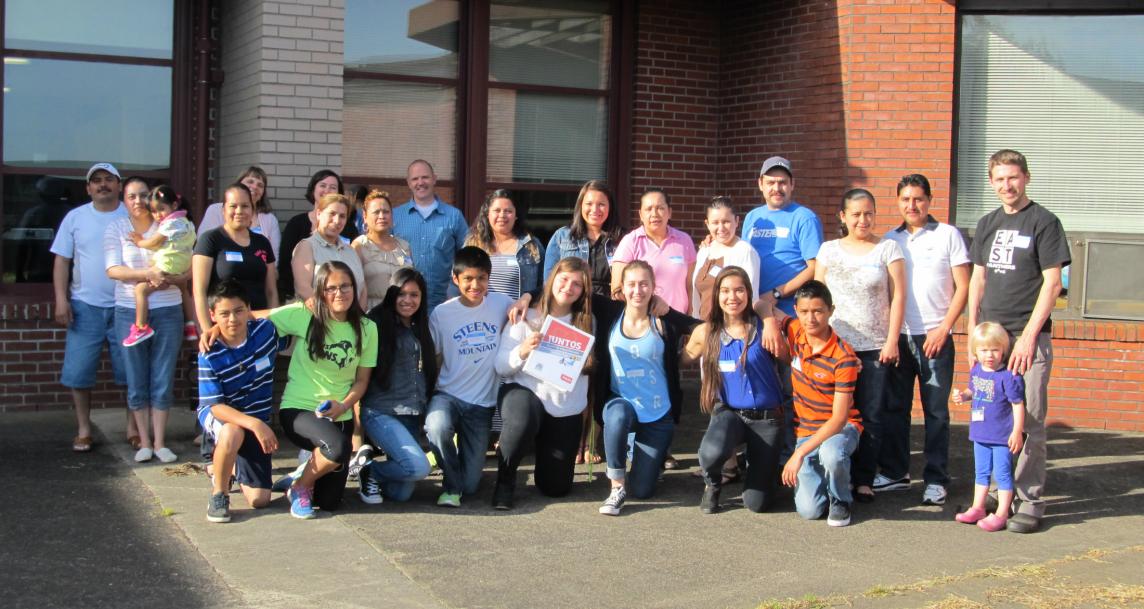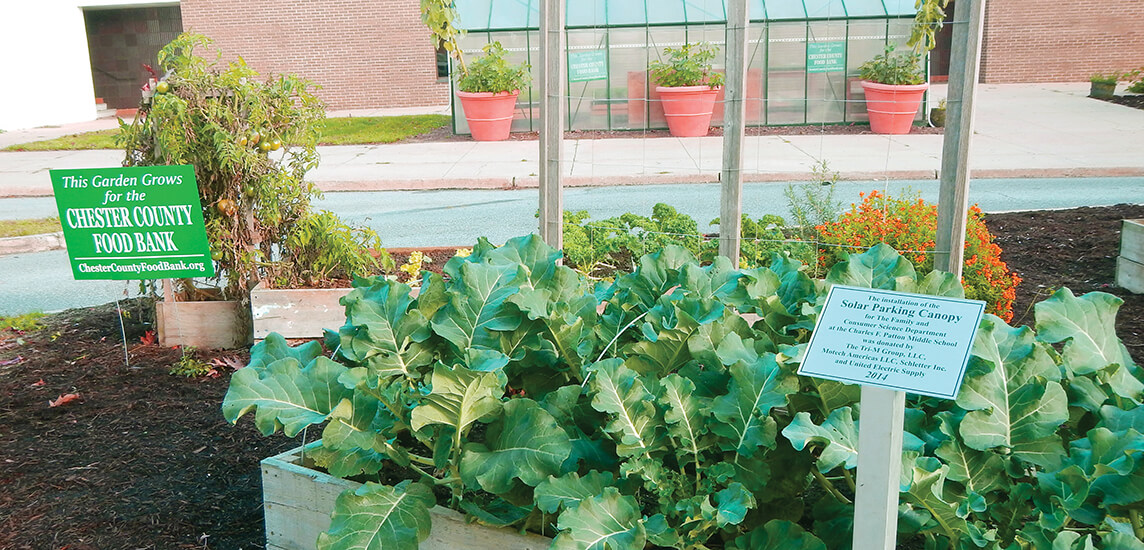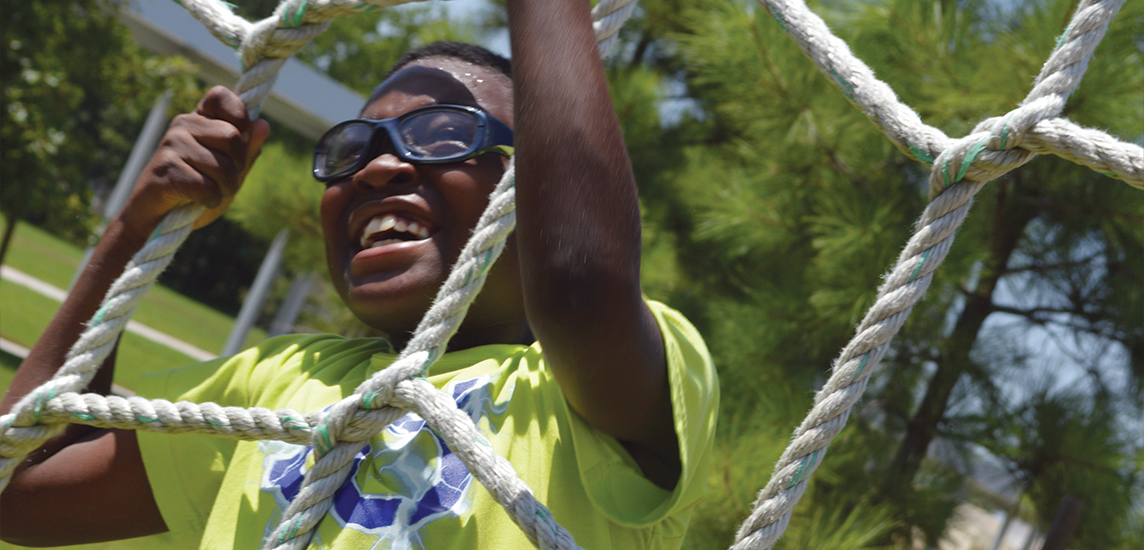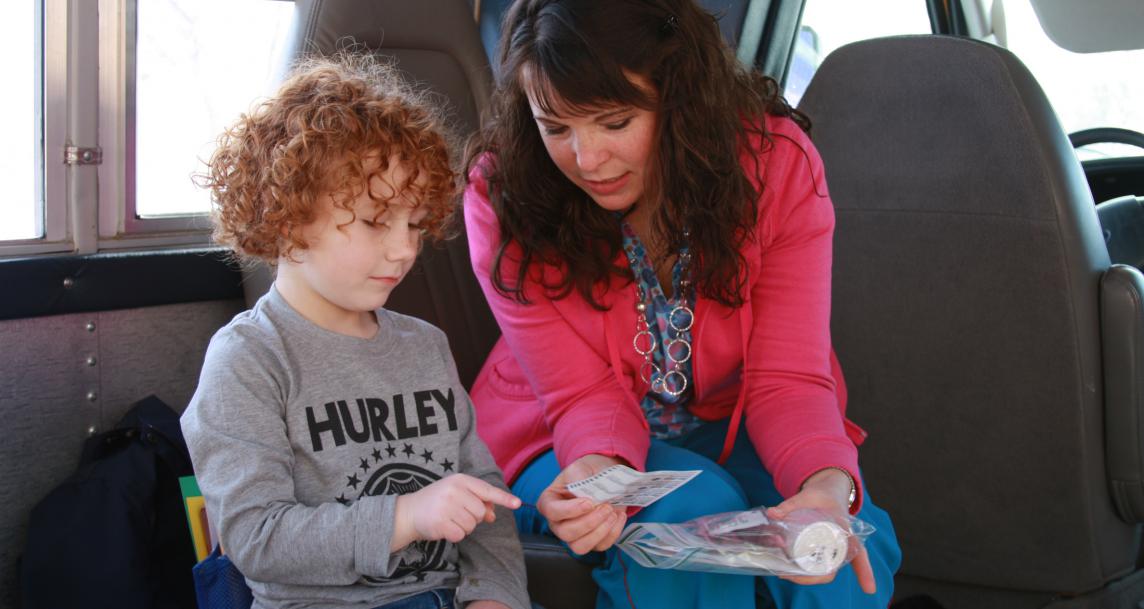The Difference Makers
The success of our neighborhood public schools is grounded in the people who support them. Teachers, administrators, superintendents, parent volunteers, school board members and people throughout the community take extraordinary actions to make a difference in students' lives. Our public schools educate nine of every 10 students more than 50 million students and they have helped prepare artists, educators, engineers, health care practitioners, journalists, law enforcement officers, leaders in business and technology, scientists and people in the full array of professions for life. The Difference Makers' commitment to their students have lifted generations of people out of poverty and from middle to higher income. They have helped a child who speaks little English learn to read and a enabled a child with dyslexia to improve their comprehension on a reading test. Multiply these successes, these victories, by the millions, and you have a rich, thorough and true picture of what public education is accomplishing every hour, every day, every year.
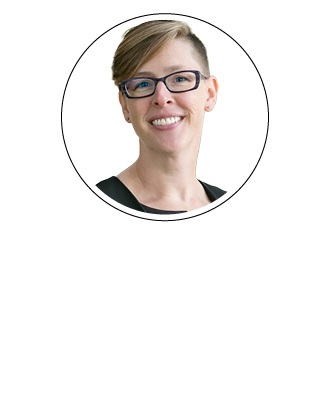
Mandy Manning — Teacher — Spokane, Washington
Ask Mandy Manning, the 2018 National Teacher of the Year, to sum up her experience as a teacher in one word, and her response would be, “empowering.”
Manning, who teaches English and math to refugee and immigrant children at Joel E. Ferris High School, enters her classroom each day ready to be inspired. “When I step into my classroom, I am surrounded by hope,” says Manning. “My students are a symbol of that; everything is available and open to them.”
Public education is a topic Manning, an 18-year teaching veteran, keeps close to her heart. Calling it a “great equalizer,” Manning sees education as an opportunity to promote equity.
“Public schools offer education for every single kid, no matter who they are, what they look like, or where they come from,” she says. “Every student has equal potential in my eyes. Every child can and will be successful."

Cardell Patillo — School Board Member — Portsmouth, Virginia
Cardell Patillo, winner of the 2018 Benjamin Elijah Mays Lifetime Achievement Award, is the prime example of someone who gives back to the community that raised him. Patillo, who serves on the school board in the community of Portsmouth, Virginia where he grew up, knows that one key to student success is having the support of a mentor.
“The environment in which you're raised only describes your present situation, but access to a great and meaningful public education unlocks the doors to the entire world,” said Patillo.
For over 10 years this difference maker, who is also a pastor at a local church and the executive director of a program that prepares children and their families for lifelong learning, has made it his mission to provide educational and enrichment programs to the students of Portsmouth. From creating “Budget Tours” that discuss school budgeting needs to a mentoring program that has lowered suspension rates and has helped over 900 young men develop leadership skills, Patillo is a leader who advocates for the social and academic welfare of students.

Katherine Pastor — School Counselor — Flagstaff, Arizona
As a school counselor at Arizona’s Flagstaff High School, Katherine Pastor works with a group of 500 students from their freshman year to senior year. She sees first-hand the struggles they face.
A quarter of Flagstaff’s 1,600 students are Native American, and 160 move from reservations to live in an on-campus dorm while in high school. Over the past decade, the school has seen its college acceptance rates jump by 15 percent, and a 50 percent increase in the number of university recruiters that visit the campus.
“The challenge of the job is that nothing is scripted about school counseling. Nothing is scripted about your day,” she says. “The reward is when you see your students meet their unrealized potential.”
Pastor’s students have seen her face hard times as well. In 2013, she was diagnosed with a brain tumor and, post-surgery, had to learn how to walk and talk again. Within two years after returning to work, she was named National School Counselor of the Year and honored at the White House.
“If there’s anything that I learned during my recovery, it is the value of perseverance,” she says. “Our students and our staff have seen me at my weakest and my worst. When you live through struggles and then you see your students go through them, it gives you a different perspective.”
Pastor and the Flagstaff staff have doubled down on giving all youth a chance. She created a college application day that includes helping families fill out financial aid forms, and led the development of a new career and counseling center.
“The other day, one of my students signed to play football at the college level, and he got a full ride both for his academics and athletics,” she says. “It was a dream come true, because we knew he desperately wanted to go to college, and this was the way for him to get there. Being in that moment, I felt like I had a little part in shaping his future.”

Akil E. Ross, Sr. — Principal — Lexington County, South Carolina
Dr. Akil E. Ross, Sr., named the 2018 National Principal of the Year by NASSP, knows that to truly be an effective difference maker, you must be willing to work as part of a team.
Under Ross’s 7-year leadership, Chapin High School of South Carolina saw incredible growth. Chapin High School was awarded South Carolina Palmetto’s Finest Award in 2015, and in 2016 graduation rates reached a high of 96% with a 16-point increase in math proficiency among African American students.
Ross’s mantra for the school is, “we are a thousand passions with one heartbeat,” and like a true difference maker, he strives to create a learning environment that challenges students while helping them cultivate and chase their interests.
Ross continues to make a difference. In 2018, he took a new job in the district. As Lexington-Richland 5’s director of secondary education, he coaches and mentors instructional leaders.
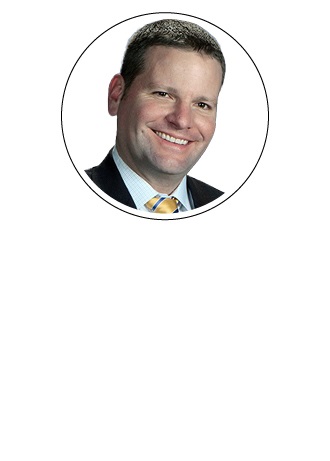
David Schuler — Superintendent — Arlington Heights, Illinois
Dr. David Schuler’s plan is simple, he wants to “change public education in this country forever.”
Schuler, who was named the 2018 AASA National Superintendent of the Year, has always been an advocate for public education. His mother was an educator while he was growing up, and that inspired him to become a teacher.
Before becoming the superintendent of Dist. 214, which he has been for the past 13 years, Schuler started his career as a social studies teacher, then moved on to be an athletic director, high school principal, and then superintendent of two schools in Wisconsin. Schuler also served as the 2015-16 AASA President.
Through his work in education, Schuler has pushed to make college more accessible to students. His push has led to a Career Pathway program that offers access to a sequence of career-focused courses, early college credit, internships and career credentials, and the passage of critical education legislation for his district.

